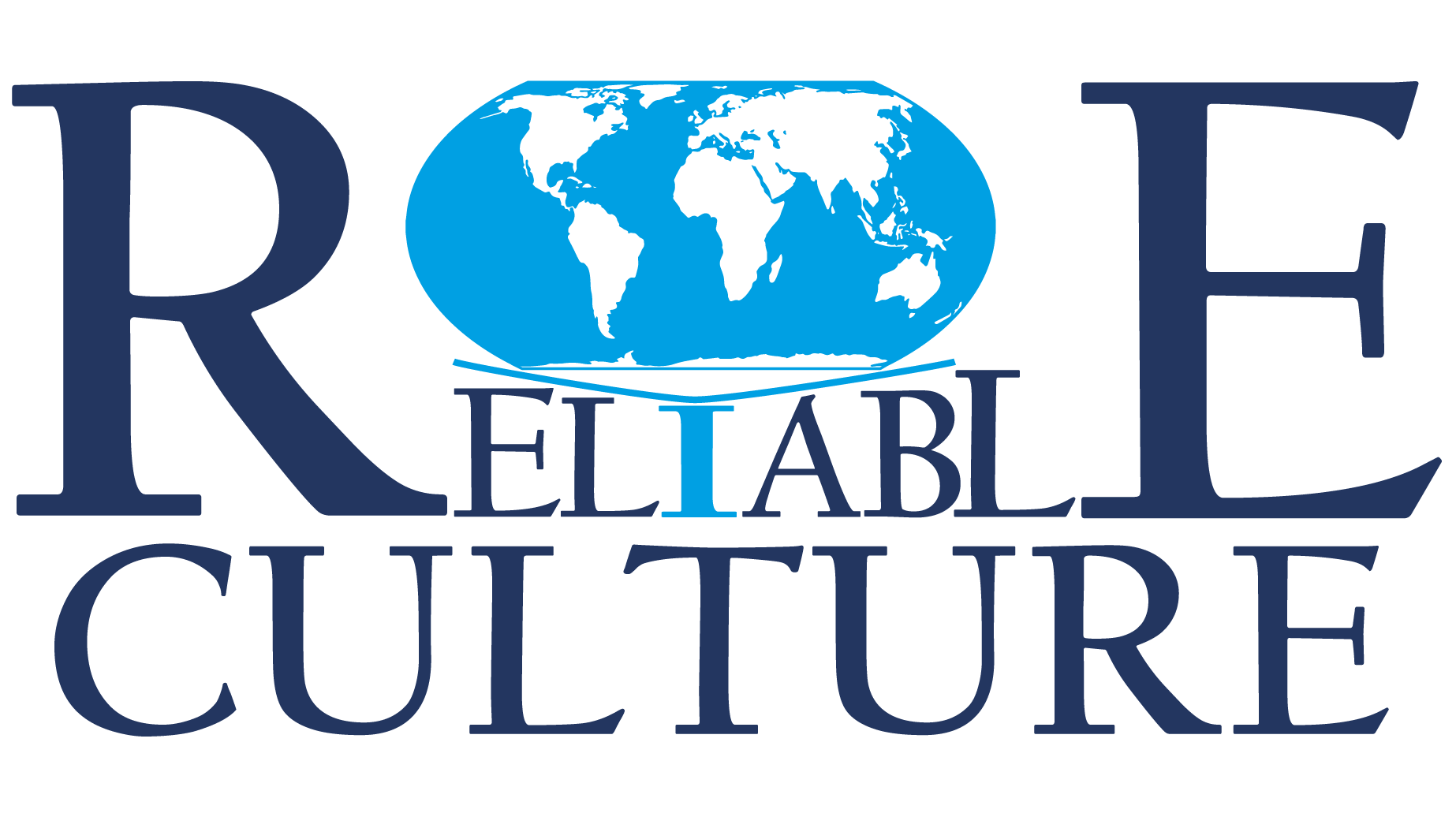
All the philosophies about Leadership can be summed up in one dilemma, or in one choice between two possible instances of the Leader:
- The instance in which the leader has access to more resources, and they increase their span of control, they have more power, more influence on how the world and the environment around them is shaped closer to their wishes, on one hand, and
- The instance in which they are “more humans”, in which they get glimpses into understanding how it is to be another human with that other human’s needs, and get to ignite these humans’ unlimited creative powers by enabling and empowering skills and talents that are physically out of the leader’s reach and impossible for them to manifest but are very easily manifested by those other humans. Accepting the existence of something that one can not see or feel is a first step in having more empathy towards other humans. I used the grammatically incorrect phrase “to be more humans” to emphasize what it takes to be a wise Leader in this evolutionary age of mankind. It is very hard for most humans (including for some leaders) to exit their own skins (not shoes) and put themselves in the skin of another human, a human that might have fears and anxieties which the particular leader doesn’t have, that reacts impulsively to something that doesn’t affect the leader, that gives in to addictions to which the leader doesn’t, that needs much more time to comprehend and see something that the leader sees very clearly in a split second.
In the majority of the cases in which the professionals complain that they have a toxic leader, the first choice was made, of course, unconsciously, and mostly because that choice is more natural. What happens more precisely in these cases, is that the leader expects the people they lead to be more like them, to see things like them, to act like them, almost like little instances of themselves, ready to adjust and limit their capacities in order to do things similar to the leader, although with an accepted reduction (less efficient, less smart, less experienced, etc.). It is needless to say, that by holding these expectations, such a leader alienates some of the people around them and “tortures” the ones that can not protect themselves with a good boundary. The “torturing” happens with small things such as: giving improvement advice that would make the subordinate be more like the leader but further from their natural energized way of being, or when the leader constantly points out the things which the direct report doesn’t do similar to the leader, regardless of the outcome. However, the worst “acceptable torture” (aside from bullying or other punishable abuses) happens when the subordinate gave up pleasing the leader and in response, the leader is trying to control what can be measured (hours, tasks) instead of empowering what is unlimited (willingness to be part of the organization, desire to perform at their best on their most natural skills, desire to evolve together with the organization and the surrounding environment).
With the wealth of knowledge, that we already have available on personality, cultural differences, and organizational culture, the expectation to have people mimic the leader is expired and belongs to a less developed and interconnected world. In various parts of the world some societies are still struggling to maintain those practices but because of technological advancements doing so becomes more and more unnatural. The level of understanding of ourselves (even though it is far from enabling a fulfilling life for every individual in their interconnected diverse groups) has reached a point of no return in which mimicking a perceived superior is not an option anymore.
It is still very hard for humans to fully understand themselves, and further to understand the humans close to them (spouse, children, parents) let alone understand others that are far from them and the ones that are visibly different from them, but we have no better option. Plus we also have the means to do that in a pleasant and energizing manner for most of the parties involved. The level of technological advancement and the level of comfort humans have reached enables us to see that attracting humans to understand each other better, across personalities, across cultures, and across other axes of Diversity is in our reach. The advantages of achieving that are visible but we have to be wise and understand that there will be individuals (powerful or not) who will perceive that they lose from such Inclusive actions, and it will be interesting to foresee what their counteractions will be. From the initial dilemma’s point of view, such individuals will use the first option and will drive more segregation between groups because Divide and Conquer is an ancient established technique of consolidating power.
We also have to keep in mind that even for the most well-intended individuals, exercising an empathic action such as “being other humans” especially towards those which belong to other groups, comes sometimes with the denying of our own individual and group needs and values, and we shouldn’t force it, neither should we treat it superficially with disappointing D&I programs. Nevertheless, through such an exercise we become wiser and can listen more unbiased and more objectively to the other humans, in a less fearful and definitely less threatening manner.
In case you also think the Leader’s Dilemma is correct and you would like to bring more awareness on the less obvious better option, here are a few general actions depending on the environment you’re in:
- If you’re in a hierarchical society in a position with authority in an Organization, use the Organizational Culture paradigm in order to enable the empowerment of the individuals. The amount of control you could “free up” will come as a result of that. You will not necessarily understand the subordinates better right away, but at least you will have enabled them to open up.
- If you’re in a hierarchical society in a policy-making position, use the National Culture paradigm in order to adjust various policies in a functional manner for the local environment. The amount of unexpected positive change will surprise you.
- If you’re in a society that is at conflict (internally or coming from the outside) use the expertise on the Axes of Diversity and Cultural Differences to find the bridge that can be used, between the present and a better future, between the two perceived histories, and between the two or more groups at conflict.
- If you are a leader in a high GDP country, it should be fairly obvious that in most industries it is cheaper to empower the unlimited creative power of humans versus buying and controlling their time. You will “be more humans” by seeing the results of them feeling energized.
Being “other humans” is not easy and for sure it is not an exercise that every mind can accommodate, but we should expect it more from our leaders, if nothing else, at least because nowadays with all the available and accepted Diversity there is a much higher chance to get a Leader from another group than our most comfortable one and that leader should better have some empathy towards our needs.

0 Comments